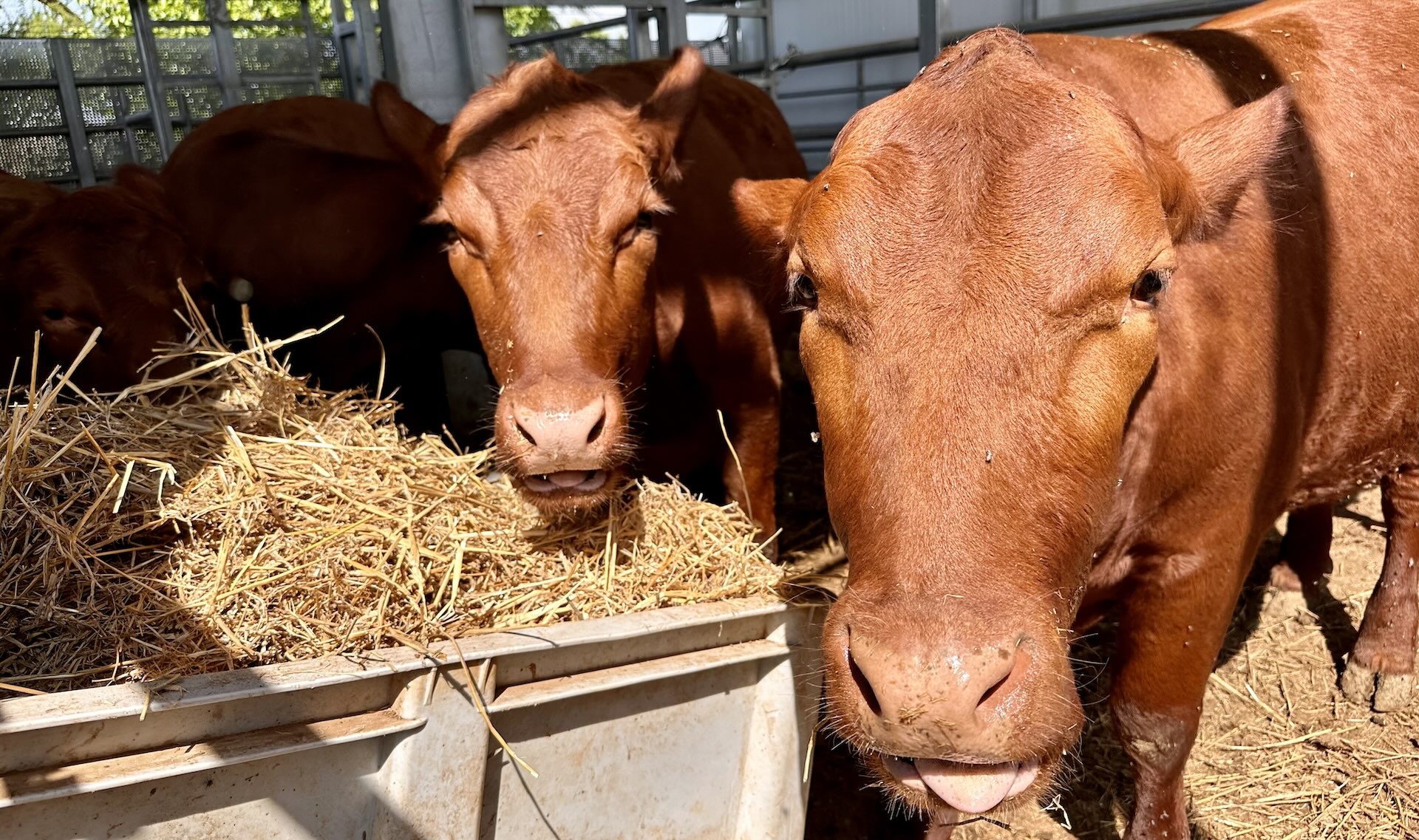The Red Heifers: A Sacred Symbol of Purification, Prophecy, and Redemption

The Red Heifer may not be a familiar concept to many, but its significance in Biblical tradition and its reemergence today has captured the attention of believers worldwide. This sacred animal, described in the Book of Numbers, holds profound Physical and spiritual meaning for Jews and Christians alike. By exploring its Biblical origins, historical role, and modern relevance, we uncover a remarkable story that ties the past, present, and future together in God’s divine plan.
The Red Heifer in Biblical Tradition
The origin of the Red Heifer is found in Numbers 19. God commands Moses and Aaron to sacrifice a flawless, unblemished red cow that has never borne a yoke. When mixed with water, hyssop, cedarwood, and scarlet wool, its ashes were used to create the “water of purification.” This water was vital for cleansing those who had come into contact with death or other impurities, allowing them to re-enter the community and temple worship. This ritual underscores the profound importance of purity and obedience in the relationship between God and His people.
The Golden Calf and the Red Heifer: A Symbol of Redemption
To understand the deeper symbolism of the Red Heifer, we must look back to the Israelites' sin at Mount Sinai. After receiving the Ten Commandments, the Israelites grew impatient while Moses was on the mountain and created a Golden Calf to worship. This act was a grievous sin against God, and when Moses descended, he destroyed the calf, melted it down, and ground it into powder, forcing the people to drink water mixed with the remnants. The gold, when melted, glowed red—symbolizing the weight of their sin and the need for purification.
The Red Heifer serves as a profound counterpoint to this event. Where the Golden Calf represents rebellion, the Red Heifer represents obedience and redemption. Its ashes became a means to cleanse and purify the community, offering a tangible reminder of God’s grace and their calling to holiness.
The Red Heifer Through Temple Periods
Throughout the First and Second Temple periods, the ashes of the Red Heifer were critical for maintaining ritual purity. According to Jewish tradition, only nine Red Heifers were sacrificed from the time of Moses to the destruction of the Second Temple in 70 CE. The ashes from these sacrifices were meticulously stored and used sparingly, lasting for generations. The anticipation of the tenth Red Heifer has long been associated with the coming of the Messiah and the establishment of a future temple.
The Modern Reemergence of the Red Heifer
In recent years, efforts to identify and breed Red Heifers have gained momentum, particularly in Israel. Organizations like the Temple Institute have worked tirelessly to find heifers that meet the stringent Biblical requirements. In 2021, five flawless Red Heifers were transported from Texas to Israel, marking a historic moment. These animals are being carefully monitored and prepared for potential use in future purification rituals.
The re-emergence of Red Heifers is not merely a symbolic gesture; it is a critical part of the preparations for constructing a Third Temple in Jerusalem. For many Jews, the Third Temple represents the culmination of centuries of longing and the fulfillment of Biblical prophecy. For Christians, it signifies the unfolding of end-times events foretold in the Bible.
Why This Matters to Christians
For Christians unfamiliar with the Red Heifer or Israel’s prophetic significance, this story offers a powerful reminder of God’s faithfulness and the interconnectedness of the Old and New Testaments. The Red Heifer, as a physical act of purification, prefigures the ultimate sacrifice of Jesus Christ, whose blood spiritually cleanses humanity of sin. Just as the Israelites needed purification to draw near to God, Christians recognize that Jesus’ sacrifice enables them to stand before a holy God.
The re-emergence of Red Heifers and the preparations for a Third Temple should inspire Christians to delve deeper into the Jewish roots of their faith. Understanding these connections enriches the Christian faith, offering a greater appreciation for God’s overarching plan and enduring covenant with the Jewish people.
A Call to Awareness and Unity
The story of the Red Heifer serves as a bridge between Jews and Christians, reminding both communities of their shared history and spiritual heritage. For Christians, supporting Israel and the Jewish people is not just a political stance but a Biblical mandate. By paying attention to these developments, believers can see the fulfillment of prophecy and the unfolding of God’s divine plan.
Conclusion
The Red Heifer is more than an ancient ritual or a modern curiosity. It is a law of God and a profound promise of physical purification, redemption, and God’s faithfulness. Whether viewed through the lens of Jewish tradition or Christian theology, its story resonates with timeless truths about sin, grace, and the hope of restoration. As the world watches the preparations for a potential Third Temple, the Red Heifer stands as a beacon of prophecy fulfilled and a reminder of the God who purifies and redeems.








